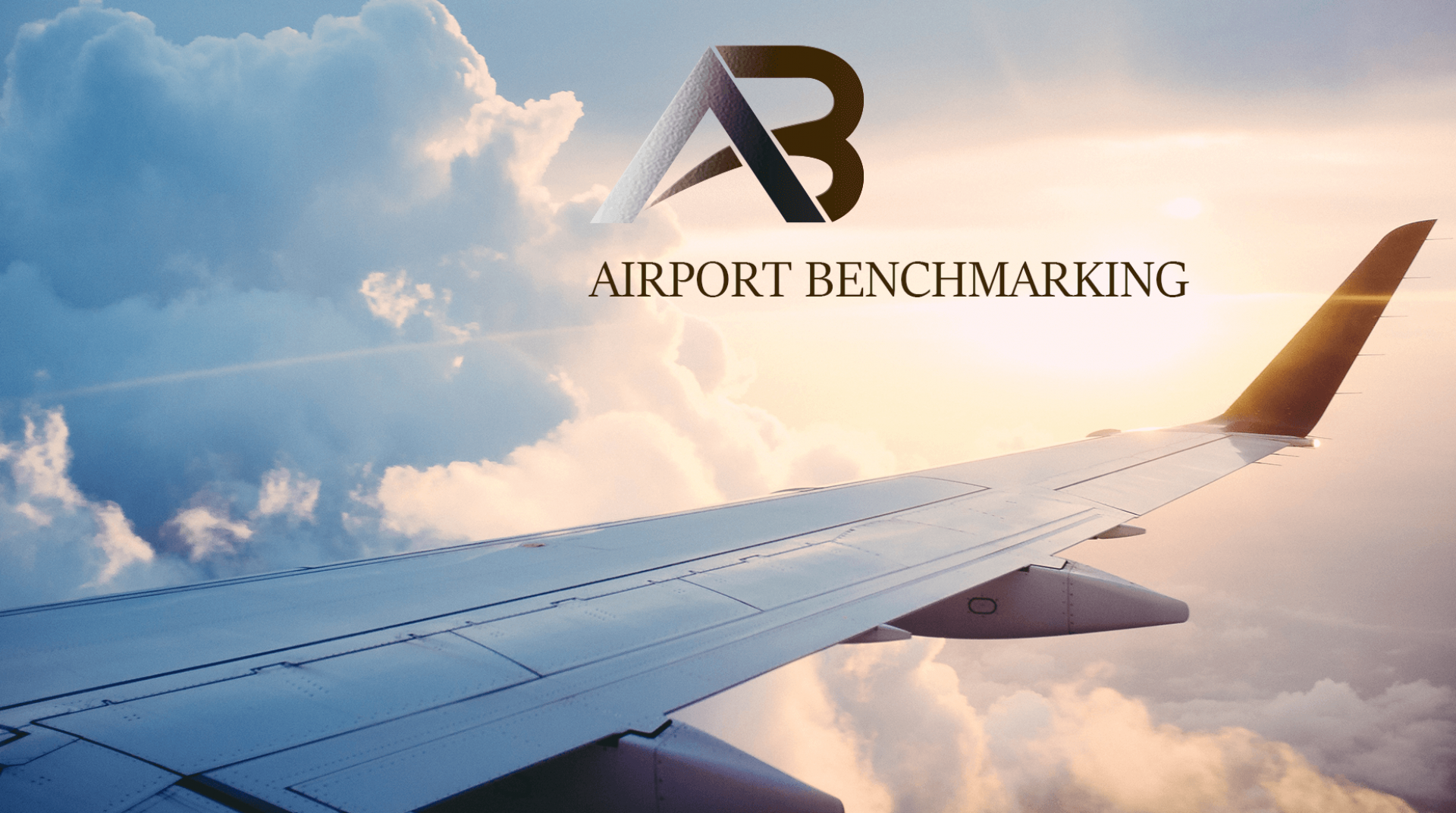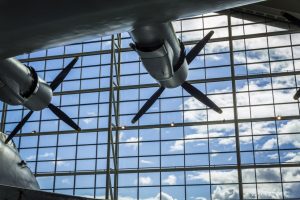By utilising AI, airlines can provide passengers with a more seamless and personal experience.
The term “Artificial Intelligence” is applied broadly to many diverse types of computing problems and solutions. Today’s technology, combined with immense data feeds, means we have reached a tipping point that enables new types of AI applications, such as autonomous vehicles and secure, biometric verification systems. It is these technologies that have the potential to have the biggest impact on how people get on and off planes, and how airlines get planes in and out of airports, within the next couple of decades.
Imagine arriving at the airport in your self-drive car, having your bag collected by a robot, presenting your biometric (probably your face) to a camera to get yourself through all the check points and boarding a plane. The planes are already pretty much flown by computer (fly-by-wire), in many ways the future is now.
SITA, the global IT and communications provider to the air transport industry, revealed some interesting research on artificial intelligence in a recent report: SITA 2017 Air Transport IT Trends Insights. Predictive tools using artificial intelligence and cognitive computing are likely to be adopted by half of airlines and airports over the coming five to ten years. Specifically, over the next three years, 52% of airlines plan major AI programs or R&D, and 45% of airports will invest in R&D in the next five years. However, a few front runners are already trialing predictive modeling, machine learning and data mining. These efforts are mainly focused on initiatives that will provide passengers with more relevant information about their journey to create more seamless and personal experiences.
On time
One area of real interest is flight disruption. This is a huge cost for the air transport industry – estimated at US$25 billion – so there is a strong desire to remove as much uncertainty as possible. The causes are many, with weather being a major culprit. Airlines and airports are focusing on technologies that will make them more responsive when faced with issues in their operations. This will enable them to improve their performance and customer services.
Airlines in particular are looking at how technology can help minimize the impact of disruption on the passenger experience and their business. Over the next three years, 80% of them plan to invest in major programs or R&D into prediction and warning systems, which rely heavily on AI.
On line
Another technology that is catching the attention of the industry is chatbots. Today, 14% of airlines and 9% of airports use chatbots, for example KLM, British Airways and Avianca. The SITA 2017 Air Transport IT Trends Insights shows however, that there is significant appetite among air transport CIOs to embrace this technology over the next three years. By 2020, 68% of airlines and 42% of airports plan to adopt AI-driven chatbot services.
These computer programs, that mimic human conversation, can help with customer queries, do check-ins and book flights. A machine taking your reservation via voice commands has already landed.
In fact, AI is already embedded into all kinds of different areas and aspects of the airport operation and experience, from the new biometric systems using facial recognition, to cameras that can “see” and tell you things like queue times or detect operational incidents that need attention.
And more AI is coming as the air transport industry faces the challenge of significant growth. According to the International Air Transport Association (IATA), passenger demand is expected to double over the next 20 years resulting in 7.2 billion passengers traveling in 2035. To manage this growth, the industry will rely on technology and AI will become more prevalent. It will be part of the fabric of the industry, from building smarter planes, to using autonomous vehicles at the airport, smarter air traffic control and flight operations, and recovery from disruption. It will be in the hands of both staff and passengers, with bots and APIs feeding apps on smartphones. It will be in the airport’s infrastructure to analyze video in real time for issues, for biometric screening and for boarding systems.
On the ground
At the airport, AI can be used to manage robots for a wide range of functions from information/guidance robots, to check-in, immigration and porter robots, to airport operations and security. They can be equipped with face recognition, they can understand spoken language, print or show information on screens, scan passports and boarding pass, process visas, and show people the way. And they can be used to integrate airport, airline, government and security systems.
SITA has already taken steps in this direction with the creation of two passenger service robots. One challenge facing airports is the management of peaks and troughs in passenger flows, especially when passengers arrive at the airport. KATE, SITA’s robotic check-in kiosk, makes use of both WiFi and geo-location technology to navigate autonomously to busy areas of the departure hall, without the need for cabling or other fixed attachments. These robotic kiosks will also automatically return to their docking stations when they are low on power or need to be resupplied with boarding passes or bag tags. These abilities enable airport staff to focus on customer relationship management rather than spending time on procedural checkpoints, creating potential to smooth the passenger journey.
Leo is SITA’s self-service baggage robot that can check in and collect passengers’ bags when they arrive at the airport and process them for flight. It is a very easy process for passengers: a simple scan of a boarding pass and Leo will look after the rest.
AI, augmented by robots, can also support flight operations, facility management, baggage handling and cargo operations, while also being present behind the scenes in airport operations. Robotic arms already work with humans to increase efficiency and reduce chronic injuries in many sectors. There is no reason why air transport should be any different. Autonomous dollies, for example, can transfer bags and equipment between the terminal building and aircraft. AI can also reassign gates when necessary, and co-ordinate ground crew to accommodate schedule variance and service interruptions.
Working Together
Across the air transport industry, there is a need to retain, store, clean, process, curate and make accessible all possible data. This brings us to the concept of collaboration and sharing data. Progress will be made if everyone involved is prepared to share. SITA, which is owned by the air transport industry, is in the unique position at the center of the airline and airport community and has the potential to leverage this data for the benefit of all stakeholders. Already SITA’s research teams are exploring new ways of using and managing data.
AI has a great future as a key enabler for air transport, to make it more efficient and improve the passenger journey. With the global shift towards self-service and the increase in passenger demand, AI in at airlines and airports can only take off further.
Jim Peters, CTO, SITA
Image Credit: Robert Stearns / Pexels
source : https://tinyurl.com/yb2at6cy


